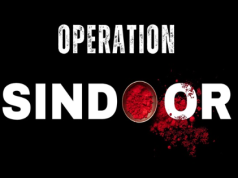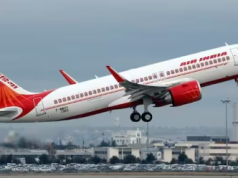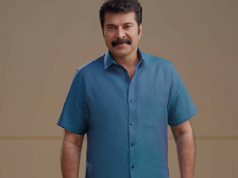The Vatican’s papal conclave entered its second day without electing a successor to Pope Francis. Black smoke from the Sistine Chapel chimney signaled that the 133 cardinal electors have yet to reach a consensus. The world watches as the Catholic Church seeks its next leader.
Background: Pope Francis’ Passing
Pope Francis passed away on April 21, 2025, after serving as the head of the Catholic Church since 2013. His death prompted the College of Cardinals to convene a conclave to elect a new pope.
The Conclave Process
The conclave is a secretive process held in the Sistine Chapel, where cardinal electors cast ballots to choose the next pope. A two-thirds majority is required for a candidate to be elected. Ballots are burned after each voting session, with black smoke indicating no decision and white smoke signaling a successful election.
Day Two: No Decision Yet
On May 8, black smoke once again emerged from the Sistine Chapel chimney, indicating that no candidate has yet secured the necessary majority. The cardinals are expected to continue voting in subsequent sessions until a new pope is elected.
Potential Candidates
Several cardinals are considered frontrunners, including Cardinal Peter Turkson of Ghana, Cardinal Luis Antonio Tagle of the Philippines, and Cardinal Matteo Zuppi of Italy. Each brings a unique perspective and set of priorities to the potential papacy.
Global Anticipation
Catholics worldwide are eagerly awaiting the announcement of the new pope. The decision will shape the future direction of the Church, influencing its stance on various social and theological issues.
Conclusion
As the conclave progresses, the world remains attentive to the developments within the Vatican. The election of a new pope is a significant event, marking a new chapter in the history of the Catholic Church.









